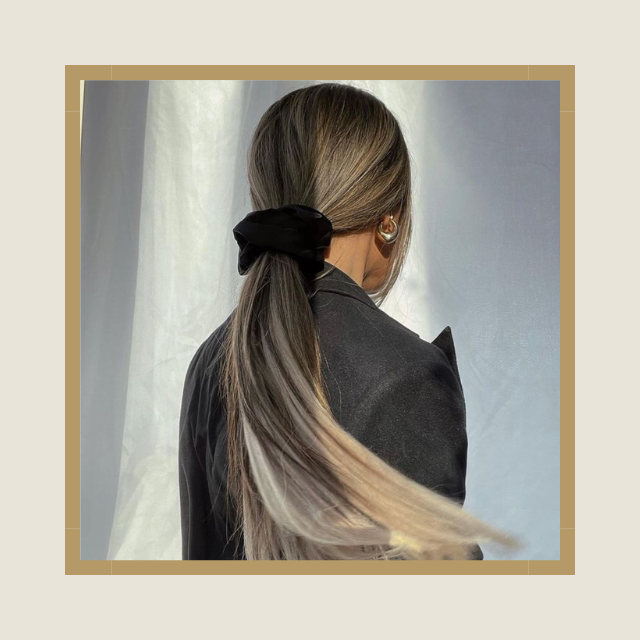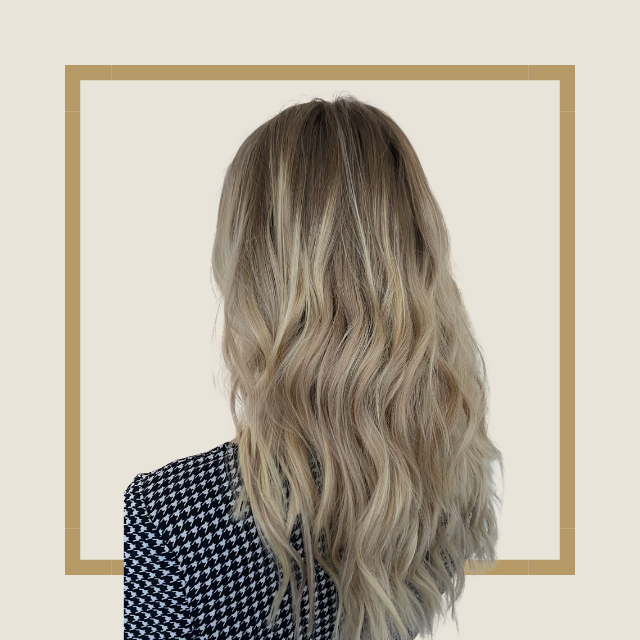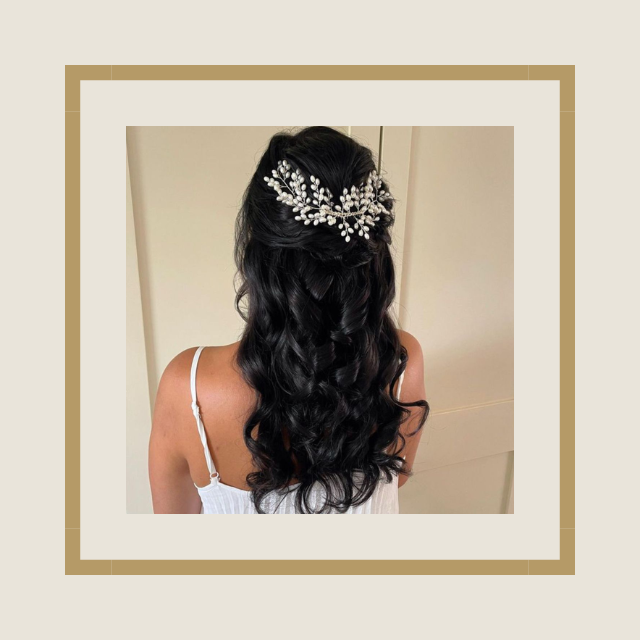Reading Time: 4 mins
Are you a fan of hair extensions? You may have several in your collection already. However, have you wondered where the hair in these extensions come from? Of course, synthetic hair extensions come from the factory, but what about the natural extensions you have? Whether that’s the straight, brown, blonde, or curly extensions you have, these all come from somebody for them to be natural hair.
It is a common worry that your hair extensions may come from dead people or people in prison. Some even think that these come from horse-tails and manes. While these assumptions may be far from the truth, the origin of your hair extensions may nonetheless be interesting.
In this article, we will explain where the hair strands for your hair extensions come from and how they are processed before you get to use them for your voluminous hairstyle.
The Documentary
In 2015, a documentary film titled “Just Extensions: The Documentary” by Riqua Hailes revealed the aspects of the unregulated hair extensions market. The documentary included situations from China and Cambodia.
In China, human hair may be blended with synthetic strands then sold as Brazilian or Indian hair. The problem with these blended extensions is that synthetic strands only last three months on average compared to the 8-12 months of natural hair.
The hair can fall out and cause uneven wear and a jacked-up weave.
In Cambodia, women earn USD 7.50 for cutting and selling their waist-length natural ponytails. For these women, this is an alternative to selling their bodies for a dependable income. However, these places are not the only sources of natural hair used in extensions.
Where Does the Rest Come From?
Other than the hair extensions markets covered in the documentary, the rest of the world’s natural hair extensions typically come from India and Malaysia.
There is a Hindu practice of shaving a person’s head as part of a traditional religious ceremony. This is called tonsury or tonsuring and is practised throughout Hindu Asia. This is a practice that venerates the Hindu Remover of Obstacles, Lord Ganesh, offering her hair.
The type of hair taken from this practice is also called “temple hair” and is usually taken from the head of a woman or child during a ritual blessing.
As the hair is shaved, the hair is cut with the cuticles facing the same direction. This results in a smoother and more consistent weft from a single donor.
Previously, the hair offerings for these practices were used to stuff mattresses or burned. Now they are auctioned, and the money generated from these auctions go to support the local temple.
In some parts of Asia, women simply sell their hair as a renewable commodity without the religious aspect. Their hair is put in a ponytail and cut cleanly at the nape. These are usually waist-length hair that takes months to grow. This is a common practice in low-income areas in Asia.
Have you ever been curious about what they did with your hair after getting a haircut at the salon? There are salon owners who sell hair trimmings from their clients. These strands are blended, processed, and used for lesser-quality hair extensions.
There are also hair merchants that go door-to-door to collect “fallen hair” from the combs and hairbrushes of women and girls in exchange for a small fee or a swap of hair clips.
These hair strands are processed differently before you get them at your salon. In general, they are given a wash and an overnight soak in warm water. The grey hairs, dirt, and lice are manually removed before being processed at the factory. No matter where your hair extensions or wigs come from, you don’t have to worry about unclean hair.
What Is Remy?
The term Remy, Remi, or virgin Remi refers to the hair that has never been chemically processed. This means they were never straightened, dyed, highlighted, or permed. They are cut from a person’s head in one sitting. This can be done either by shaving the hair or cutting it while in a ponytail.
The cuticles in these hair strands are intact and not stripped through any chemical process. Each strand of hair in these extensions are individually hand threaded onto a weft for your clip in hair extensions or lace wigs to maintain the cuticle direction.
This process gives the finest quality 100% virgin Remy human hair extensions the ability to naturally remain tangle-free and shiny. Having these cuticles aligned also keeps the hair in its natural position, minimising shedding and breakage. This can help your hair extensions last longer.
As Remy is made from natural hair that has not been processed, it can also blend in more naturally with your natural hair. These qualities of Remy hair extensions make them the most desired and the most expensive hairpieces in the industry. Besides Asia, Remy can also come from Brazil, Peru, Mongolia, and several other countries.
The Processing of Colour, Length, and Texture
Before the collected hair can transform into the hair extensions you use on your head, they need to be processed first. The bundles of hair are delivered to the factory, where they are carefully separated by length, colour, and texture. Each bundle is cleaned, untangled, and allowed to dry before the strands are processed onto the extensions.
Depending on the extensions you are getting, these strands may be hand-sewn or machine-sewn. Most of the dark brown to black Remy hair comes from India as they have a range of hair textures and colours that are easily matched.
In India, they may use steam without chemicals to process the hair and prepare it for packaging and shipping. This helps preserve the cuticles in the hair while also maintaining a kept appearance.
In China, they may use both steam and chemicals to prepare the hair for processing. This process can damage the cuticle and affect the lifespan of your hair.
Conclusion
Remy hair can come from anywhere in the world. What is important is that it is ethically sourced. Make sure to only trust a reliable company when purchasing virgin Remy hair extensions to get the finest quality extensions without synthetics mixed in.
Are you looking for the best hair extension brands in the UK? Foxy Locks offers a wide variety of premium clip-in hair extensions designed with seamless wefts. Check out our collection today!
Related Articles
How to choose the best natural hair extensions
Should I get human hair or synthetic hair extensions
Are Remy hair extensions worth it?
Comments are closed here.






